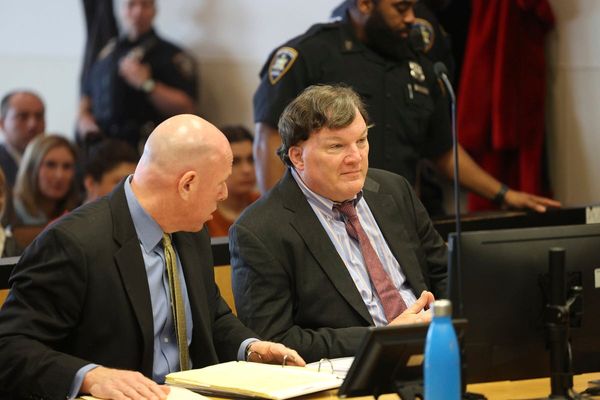
The Australian government has pointed to the rise of cyberwarfare and the increasingly blurred lines between war and peace to justify a potential major shake-up of defence laws.
But the Greens have warned against allowing Defence to become “a protected secret club operating above the law”, as the government considers overriding some state and territory legislation.
The government argues it needs to modernise the Defence Act and related laws to “protect and defend Australia from adverse outcomes in situations below the threshold of armed conflict, as well as during armed conflict”.
“This is of increasing importance in a strategic environment characterised by ‘grey-zone’ activities, and where actions and effects are difficult to attribute or where public attribution is not desirable,” a government discussion paper says.
The paper is vague about specific changes, but indicates the government is considering powers to “access, store and use large amounts of data, including to support technologically enhanced command and control decision-making”.
Defence also complains some state and territory laws have “constrained proper Defence activities, including training and capability development”.
“Critical Defence activities will be supported by clarification of the circumstances in which state and territory laws do not apply to them,” the paper says.
The Greens’ defence spokesperson, David Shoebridge, raised alarm about the potential changes, saying parliament already had “embarrassingly little formal role in overseeing military activities” and there should be “more oversight and accountability of Defence operations, not less”.
“It should be a cause of national shame that the Australian public normally obtains more information about its major defence acquisitions from notifications given to the US congress under US transparency requirements than we do from our own government including the ADF,” Shoebridge wrote in a submission to the review.
Shoebridge said the desire to “act flexibly and remain responsive” should not be used as a justification for overriding state laws.
“The failure of the discussion paper to even indicate the nature of state and territory laws from which it is proposed to exempt Defence is especially disturbing,” the NSW senator said.
“The existing range of such laws from environmental to human rights protections are an essential part of a modern liberal democracy and if there is a serious proposal to change this it should be articulated in detail to allow informed public submissions.”
The assistant defence minister, Matt Thistlethwaite, sought to allay concerns and said the government was not seeking to water down environmental laws.
In an interview with Guardian Australia, Thistlethwaite said the ADF wanted to be able to train with body-worn cameras, but that was not allowed under some state legislation that reserved such devices for police.
Thistlethwaite also said some ADF vehicles could not be driven on public roads – an issue that had become evident during disaster recovery and clean-up operations.
He said the government would consider public feedback on potential changes and had an open mind.
“The Defence Act was written in 1903 and it contemplates a binary state of affairs: the country is either in peacetime or war,” Thistlethwaite said.
But he said grey-zone tactics and cyber-attacks meant those distinctions were increasingly blurred: “The government believes that it’s time to have a look at the Defence Act.”
Among changes flagged in the discussion paper – released in March but quickly overshadowed by the Aukus announcement – are “more flexible approaches when hosting foreign personnel and equipment in Australia”.
This includes swift information sharing: “This requires consideration of the broader information law environment, including where there are existing legal obligations to disclose information or which prohibit disclosure.”
In the security space, the paper suggests a shift from protecting physical “defence premises” to “defence capabilities”, including data stored in commercial servers or military assets that need to be moved between premises.
The paper also suggests “improving protection for defence partners, including defence industry partners and international partners in Australia”.
Shoebridge urged the government to “prevent the further creep of security laws into our civil rights through broad, vague and ambiguous offences that can be weaponised against government critics, engaged individuals or academics”.
“The strategic imperative for interoperability will see Australia’s military even further embedded into foreign arms industries and the secretive operations of multinational private defence contractors, with little if any transparency or oversight from the Australian people including the Australian parliament,” he wrote.
“We would urge any legal reforms in Defence to address the ethical and legal considerations around emerging technologies, including the potential to delegate decision making over life and death to machines.”
Shoebridge called for the consultation to be extended for one month to “allow for genuine good faith public consultation” now the defence strategic review had been released.
Thistlethwaite said any late submissions would still be considered.







